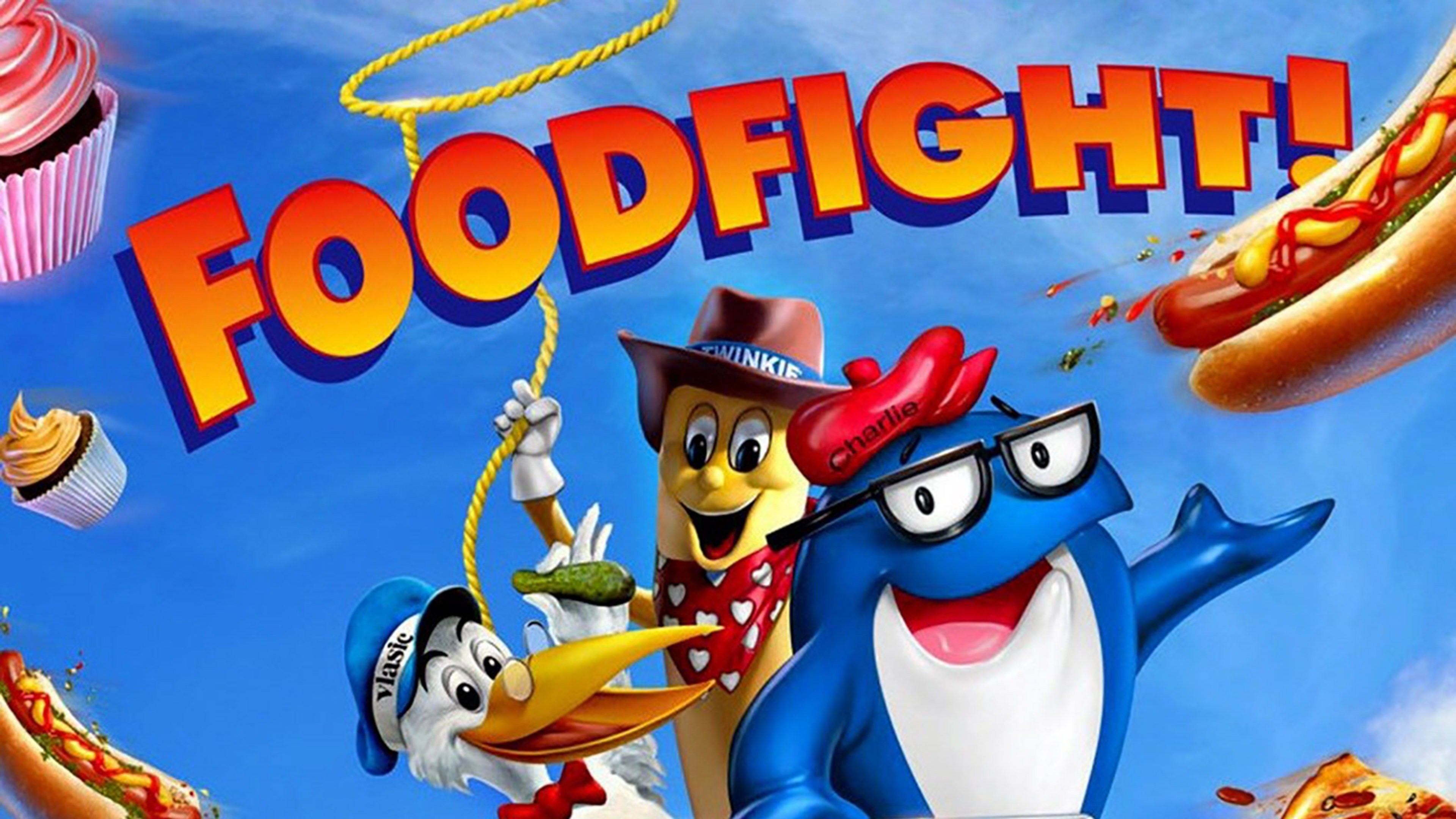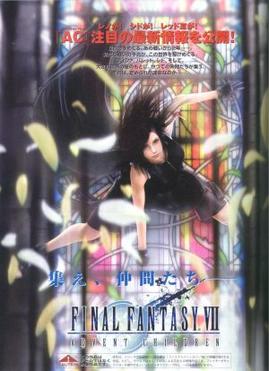Bad Animation Examples That Animators Can Learn From
Every frame, character, and story choice in animation can significantly impact the final product.
While there are countless examples of animation that inspire and entertain, there are also those that serve as important lessons in what not to do. We’re talking about, well, bad animation.

Cover GIF by Everything Is Terrible! via GIPHY
The line between a misstep and a masterpiece can be thin, and what is deemed 'bad' in animation can be subjective. That being said, understanding and learning from these less successful examples can be as crucial as studying the masterpieces.
This blog post explores ten instances of bad animation. From the infamous "Foodfight!" to the well-intentioned but flawed "Emoji Movie," each example offers a unique perspective on common mistakes in the animation process.
1. Poor Character Design: "Foodfight!" (2012)
In the world of animation, character design is a cornerstone, often defining how audiences connect with the story.
A striking example of bad animation character design can be found in the 2012 animated film "Foodfight!" This movie, which intended to bring grocery store products to life, is notorious for its bizarre and unsettling character designs.

Image by Rotten Tomatoes
Key Lessons for Animators:
- Appeal and Consistency: Ensure that character designs are appealing and consistent. Characters should be visually pleasing and possess a unique charm that resonates with the audience.
- Proportion and Anatomy: Pay attention to proportions and anatomy, even in stylized characters. Exaggerated features should add to the character's appeal, not detract from it.
2. Inadequate Storytelling: "The Emoji Movie" (2017)
A compelling narrative is a vital component of successful animation. "The Emoji Movie" (2017) is an example where inadequate storytelling led to what many consider a piece of bad animation.
Despite its vibrant and modern setting inside a smartphone, the movie was criticized for its weak and predictable plot, heavily reliant on clichés.

GIF by Sony Pictures Animation via GIPHY
Key Lessons for Animators:
- Strong Plot Development: Ensure that your animation has a well-thought-out plot. A good story is the backbone of any successful animation, engaging the audience and driving the characters' actions.
- Character Development: Develop well-rounded characters with clear motivations. Characters should grow and evolve throughout the story, making their journey interesting and relatable.
As animators, focusing on these aspects can help prevent your work from being categorized as bad animation and instead, turn it into a memorable and impactful piece.
3. Stiff Animation Mechanics: "Captain America" (1966 TV Series)
Fluid and lifelike motion is a hallmark of good animation, but when animation mechanics are stiff, it can lead to bad animation that fails to engage or convince the audience.
A notable example of this issue is the "Captain America" TV series from 1966. This early attempt at animating the iconic superhero is often criticized for its clunky and limited movement, resulting in characters that appear robotic and lifeless.
Video via YouTube
Key Lessons for Animators:
- Fluid Motion: Focus on creating fluid and natural motion in your animations. Characters should move in a way that is believable and enhances their personality and the story.
- Understanding Kinetics: A deep understanding of kinetics and how living beings move is crucial. Study real-life movements to ensure your animations feel authentic and dynamic.
4. Overuse of Clichés: "Happily N'Ever After" (2007)
Clichés, when overused, can quickly turn a potentially creative animation into a prime example of bad animation.
"Happily N'Ever After" (2007) is a case in point. Attempting to ride the wave of fairy tale parodies popularized by "Shrek," this movie ended up bombarding viewers with a slew of predictable and tired clichés.
From overused stereotypes to a formulaic plot, the film demonstrates how reliance on clichés can lead to uninspired animation.
Video via YouTube
Key Lessons for Animators:
- Originality in Storytelling: Strive for originality in your storytelling. While familiar tropes can be comforting, finding a unique angle or fresh approach can make your animation stand out.
- Balancing Familiarity and Innovation: It's important to balance familiarity with innovation. Use clichés sparingly and only if they serve a purpose in advancing the story or developing characters.
Focus on creating narratives that are fresh and engaging to avoid your work being labeled as bad animation.
5. Bad Animation Lip Syncing: "Space Jam 2: A New Legacy" (2021)
Lip syncing is a critical element in animation that brings characters to life by matching their speech with their mouth movements.
When poorly executed, it can result in bad animation that disrupts the viewer's immersion. "Space Jam 2: A New Legacy" provides a clear example of this issue.
The film, a blend of live-action and animation, suffers from moments where the animated characters' lip movements are not in sync with the dialogue, particularly during interactions with live-action actors.
Video via YouTube
Key Lessons for Animators:
- Syncing Mouth Movements: Pay close attention to syncing mouth movements accurately with the spoken dialogue. This attention to detail is crucial for maintaining the believability of animated characters.
- Consistency Across Scenes: Maintain consistency in lip-syncing, especially in projects that blend animation with live-action. Inconsistent lip-syncing can be particularly jarring in such settings and can quickly be perceived as bad animation.
6. Inconsistent Framing and Composition: "Ren & Stimpy's Adult Party Cartoon" (2003)
"Ren & Stimpy's Adult Party Cartoon" is an example of bad animation due to its inconsistent framing and composition.
The cartoon is known for its erratic and often nonsensical framing, leading to scenes that are visually confusing and challenging to follow.
Video via YouTube
Key Lessons for Animators:
- Purposeful Framing: Ensure that every shot is framed with a purpose. Good framing directs the audience's attention to the important elements of the scene and contributes to the storytelling.
- Visual Cohesion: Maintain a consistent visual style and composition throughout your animation. This consistency helps in creating a cohesive and immersive world.
7. Lack of Attention to Background Details: "The Adventures of Pinocchio" (1996)
Backgrounds play a crucial role in setting the scene and adding depth to the story. Neglecting this aspect can lead to bad animation that feels flat and uninspiring.
A notable example of this issue is found in "The Adventures of Pinocchio" (1996), a direct-to-video sequel to the classic Disney film. Looking past the questionable animation of Pinocchio and the cricket, the choice of background was often lacking.
Video via YouTube
Key Lessons for Animators:
- Detailed and Varied Backgrounds: Invest time in creating detailed and varied backgrounds that complement the foreground action. Backgrounds should contribute to the overall atmosphere and setting of the scene.
8. Ignoring Audience Feedback: "Sonic the Hedgehog" (2019)
Audience feedback is a valuable resource in the animation process. Ignoring it can sometimes result in bad animation that fails to resonate with viewers.
The initial release of "Sonic the Hedgehog" (2019) is a prime example of this. The first design of Sonic was met with significant backlash due to its uncanny valley appearance.
Despite the negative feedback, the filmmakers initially made only minor adjustments, leading to a character design that many found awkward and unsettling.

GIF by Sonic The Hedgehog via GIPHY
Key Lessons for Animators:
- Balancing Vision and Feedback: While it's important to stay true to your artistic vision, finding a balance between that vision and audience expectations can lead to more successful and engaging animation.
Listening to and valuing audience input to avoid bad animation outcomes ensures the final product resonates well with its intended audience.
9. Overcomplicating the Animation: "Final Fantasy VII: Advent Children" (2005)
While ambitious and complex animations can be visually stunning, overcomplication can lead to bad animation that confuses and alienates the audience.
"Final Fantasy VII: Advent Children" (2005) is an example where the animation, particularly in its fight scenes, became overly intricate.
The film features complex fight sequences with rapid cuts and excessive camera movements, which, though technically impressive, often leave viewers feeling disoriented and unable to follow the action.

Image via Wikipedia
Key Lessons for Animators:
- Clarity and Coherence: Maintain clarity and coherence in your animations. While complexity can add depth and excitement, it should not come at the cost of the viewer's understanding and enjoyment.
10. Neglecting Sound Design: "Foodfight!" (2012)
Sound design is an integral part of animation, adding depth and emotion to the visual experience. Neglecting this aspect can contribute to bad animation.
"Foodfight!" (2012) is, yet again, an example of bad animation. The film's generic music and sound effects fail to enhance the scenes, resulting in a lackluster auditory experience.

Image via Amazon
Key Lessons for Animators:
- Integral Sound Design: Treat sound design as an integral part of the animation, not an afterthought. Effective sound can greatly enhance the emotional impact and immersion of a scene.
How Your Animation Business Can Avoid Bad Animation
These ten examples of bad animation serve as valuable lessons for animators at any stage of their career.
From "Foodfight!" with its poor character design and sound design to "Final Fantasy: Advent Children" and its overcomplicated animation, each example offers insights into what to avoid in animation.
Animation is a powerful storytelling medium, and paying attention to details like storytelling, character design, sound design, and audience feedback can make a significant difference to how well your animation business does.
If you’re an animator who’s looking to start your own studio or grow your career, check out our blog on How to Start an Animation Studio and GET FREE TRAINING to kickstart your animation career today.



